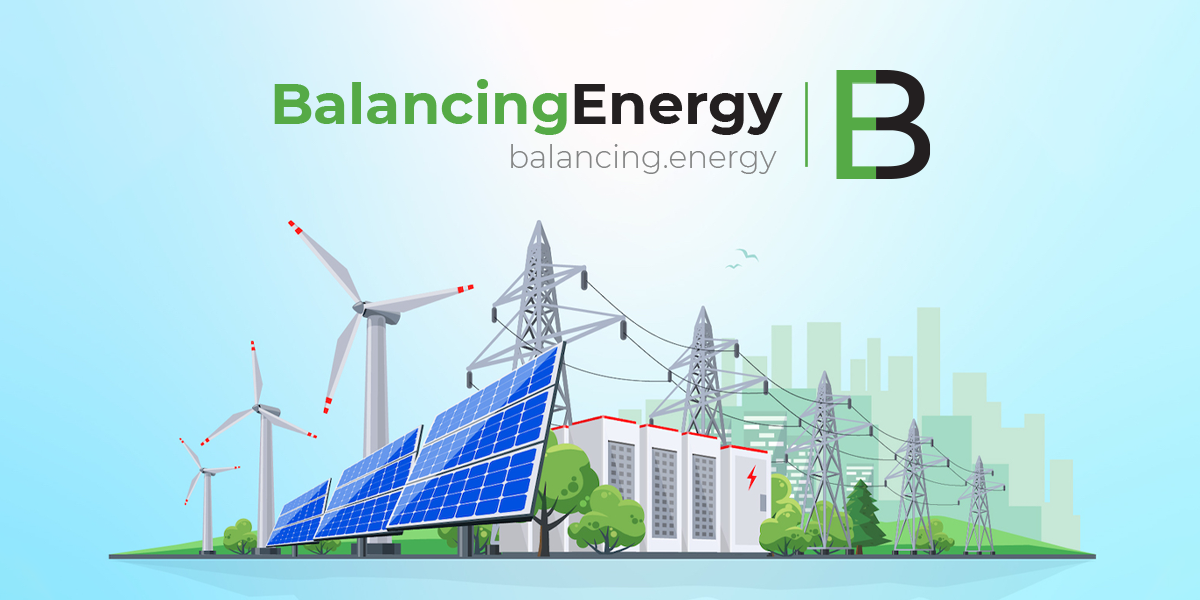The energy crisis, which arose last year after the conflict in Ukraine, led to an increase in
the value of energy imports, so that in 2022, the minus in the exchange with the world has
grown considerably. However, the operations of companies from the energy sector have
improved this year, prices on the world market have fallen, and all of this has automatically
been reflected in the reduction of the current account deficit.
Analysts of the National Bank of Serbia (NBS) state in the latest report on inflation that the
effects of the energy crisis were particularly visible in the balance of payments. The total
import of energy products in 2022 amounted to 6.9 billion euros, which is about 3.9 billion
more than in 2021.
“However, in the last quarter of 2022, for the first time after five quarters in a row, a
positive net export of electricity was achieved, which continued in the first months of 2023.
In the first quarter of this year, the import of energy products was reduced by 372.5 million
euros due to lower imports of gas, electricity, oil and oil derivatives as a result of imports at
lower prices and smaller quantities. This, along with the increased export of electricity by
around 322 million euros, resulted in an improvement in the net export of energy products
by 632 million euros”, according to the NBS.
Such a result was achieved thanks to higher temperatures during the winter months than
seasonally usual, but also the recovery of electricity production in our energy system, as a
result of the decision of “Elektroprivreda Srbije” to increase the import of coal from
neighboring countries in order to compensate for the insufficient quantity and quality of
coal from domestic sources. . At the same time, the capacities of hydroelectric power plants
were increased due to more abundant rainfall during autumn. Increased production by 18.6
percent year-on-year and export of electricity contributed to “Elektroprivreda Srbije”
making a profit in the first quarter of around 300 million euros.
More favorable opportunities are expected in the rest of 2023 in terms of net imports, as
energy prices are forecast to be lower than the previous year for several reasons. These are
the lower growth of the global economy, which consequently leads to lower demand for
energy products, then the regulation of prices on the common European energy market, but
also due to the established alternative sources of gas supply, thanks to which the formation
of gas stocks in Europe will be facilitated during this year.
At the same time, it is expected that domestic electricity production will increase due to the
further stabilization of the operations of “Elektroprivreda Srbije”, especially if the planned
construction of the new block B-3 in the thermal power plant “Kostolac” is completed in
the fall. In this way, the net import of energy products will decrease based on both factors –
smaller quantities and lower prices. Due to the high net import of energy products, the
current account deficit in 2022 increased to 6.9 percent of GDP, from 4.2 percent in 2021.
“However, bearing in mind the expected lower prices of energy products this year, the
recovery of electricity production, as well as the significantly lower net import of energy
Serbia, Net export of electricity positive in the first months of 2023
products in the first quarter of 2023 than in 2022, in the new projection we expect that the
current account deficit this year could be lower than which we predicted in February and,
according to our new estimate, it will amount to 4.5 percent of GDP”, according to the
analysis of the central bank.
When it comes to the impact on inflation, given the plan agreed with the IMF to increase
the price of electricity for households in January, May and October this year, and then in
May 2024, as well as natural gas prices, direct effects based on price increases of these
energy sources in 2023 is forecast to be around 1.4 percentage points and 0.5 in the
following year.
However, depending on the movement of world electricity prices and the business results of
companies from the energy sector, changes to this price correction plan are possible, where,
if you take into account the results regarding the export of electricity and the movement of
world gas and electricity prices, the probability is greater that these price increases are
even lower than expected..










